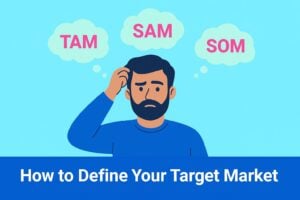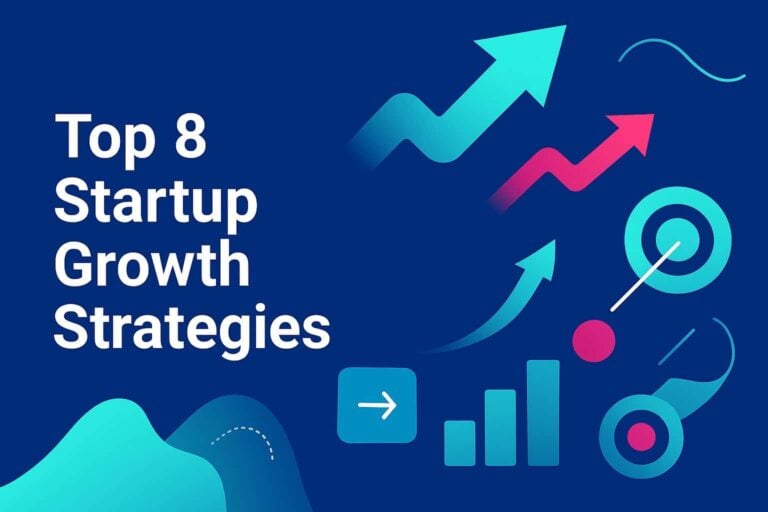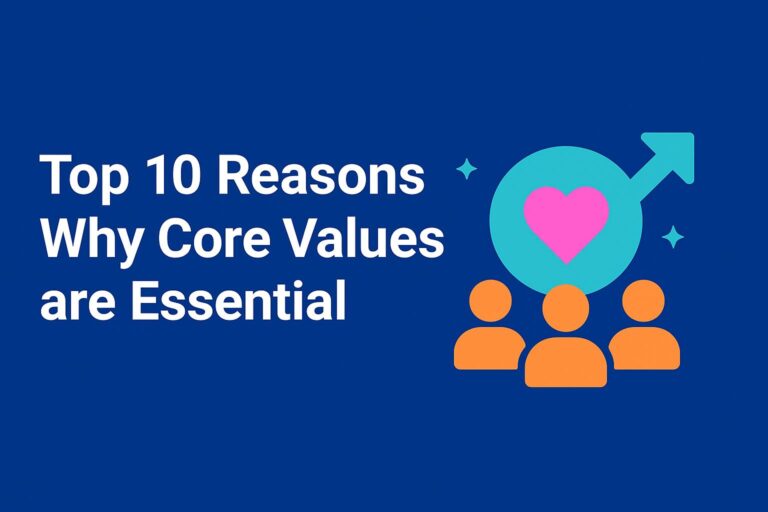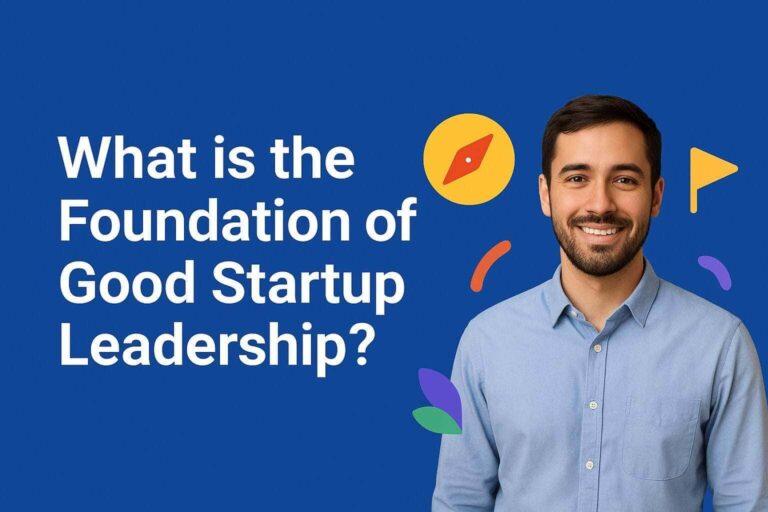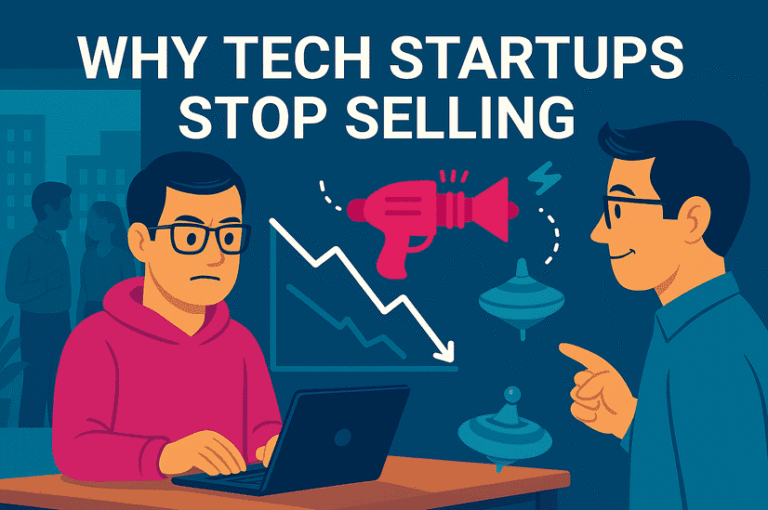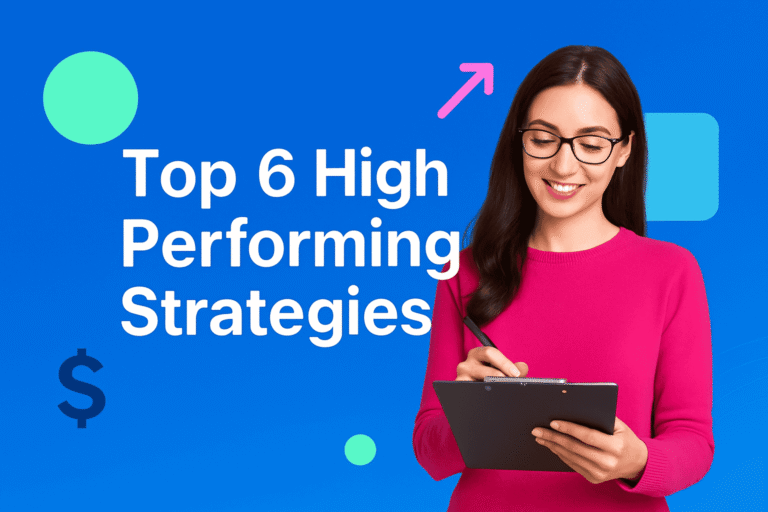Strategies to Increase Your Sales Performance…
The line between success and struggle for today’s startups often comes down to one key metric: your conversion rate. For startups selling complex technology solutions, converting leads into paying customers is a measure of how well marketing, sales and product strategies align around the buyer’s real-world needs. The average B2B lead-to-customer conversion rate ranges between 1.5% to 3%. In other words, out of every 100 leads, 97–98 never make it past the finish line.
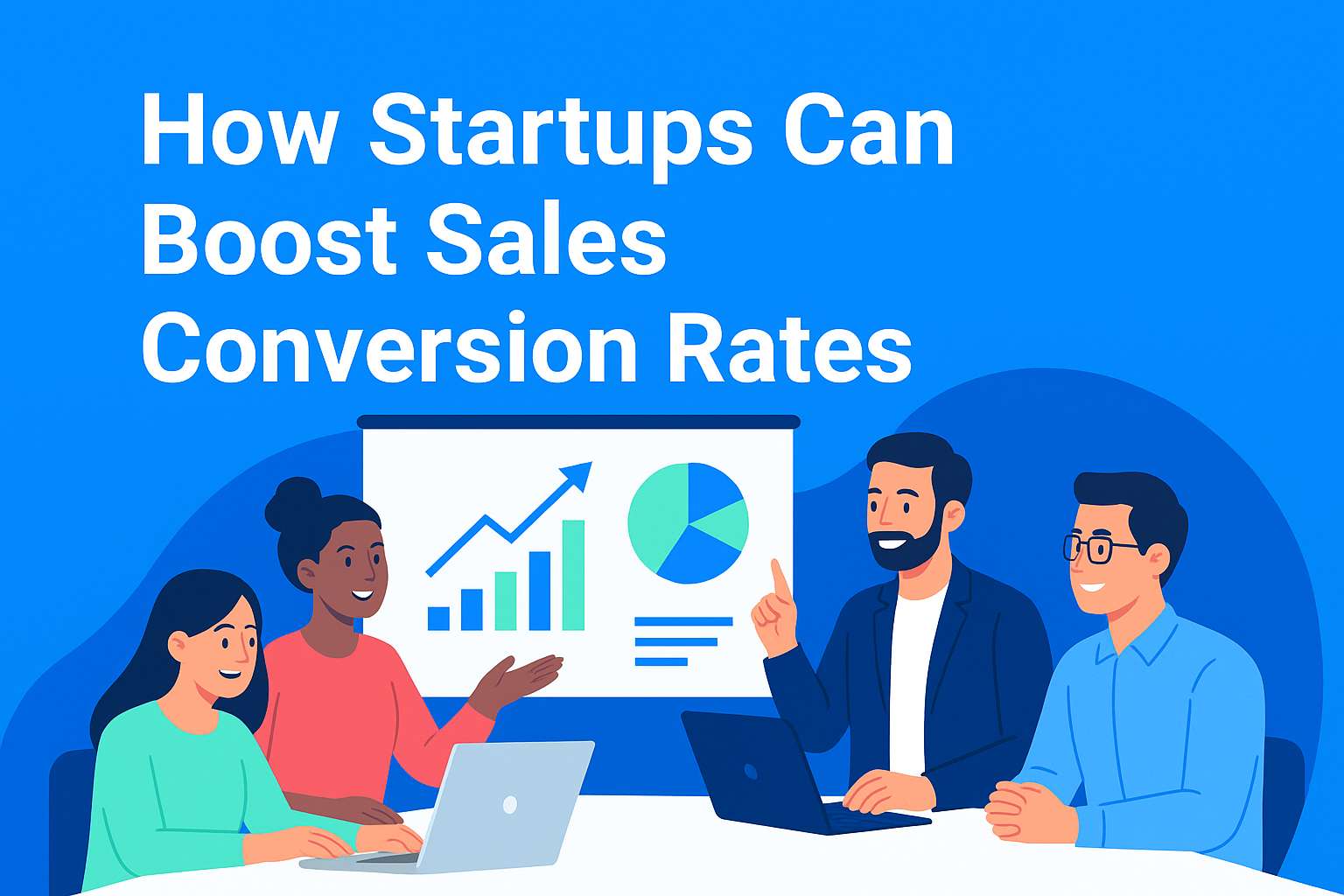
The Reality of Startup Ambition
For early-stage tech startups under pressure to prove traction, that margin can be the difference between hitting runway targets and missing them entirely. Yet, buried within those statistics lies opportunity. The best-performing startups — the ones that scale from proof of concept to Series B — know how to optimise each stage of the funnel using data, technology and customer insight. Below, we examine what the numbers reveal about the risks, opportunities and tactics that can help B2B tech startups drive conversion and revenue growth.
Why B2B Tech Sales Are So Tough
Unlike B2C transactions, where a single consumer makes a quick purchase decision, B2B buying is a complex, multi-stakeholder process. Research shows that the average B2B purchase involves between six and ten decision-makers. For tech startups selling innovative or disruptive products, this complexity compounds further. Today’s B2B buyers are not only evaluating the solution but also the credibility of a new vendor. Even the best-performing sales teams face an uphill climb.
High-performing sales teams have win rates 1.5x higher than underperformers. This statistic underscores a crucial reality: sales performance isn’t random luck, because it’s the product of repeatable processes, data-driven decision-making and technology alignment. For early-stage startups, the key question becomes: How can smaller, resource-limited teams emulate the performance of the best-in-class?
The Power of Personalisation
We now live in a digital-first buying environment, where generic outreach no longer works. B2B prospects expect personalised, relevant communication that speaks to their industry pain points and goals. The data backs this up because personalised outreach increases conversion rates by 27%.
This isn’t just about using someone’s first name in an email. True personalisation in B2B sales means:
- Referencing a company’s current tech stack or product roadmap
- Tailoring messaging to the buyer’s stage in the decision journey
- Creating content assets specific to their sector (e.g., “How AI Startups Are Reducing Cloud Costs for Fintechs”)
Startups can use CRM and marketing automation tools to dynamically personalise campaigns at scale, something once only accessible to enterprise players.
Technology as a Force Multiplier
The right marketing and sales tech stack can transform conversion performance. Multiple data points support this:
- Companies using CRM-integrated marketing automation see 20% higher conversion rates
- Firms using sales enablement report 49% higher win rates
- Sales teams that use data analytics improve conversion rates by 21%
Together, these insights suggest a simple but powerful truth: startups that integrate their marketing and sales systems create measurable performance gains. A CRM connected to marketing automation enables visibility across the entire funnel — from the first website visit to the closed deal. Founders and sales leaders can see which channels produce qualified leads, which messaging resonates and where deals stall.
Sales enablement platforms ensure that reps have instant access to the right pitch decks, case studies and demo scripts, dramatically reducing ramp time and inconsistency. For resource-limited startups, this is about amplifying human performance through technology, turning each salesperson into a more effective, data-informed operator.
The Importance of Speed and Responsiveness
In this digital sales era, speed kills, or saves, deals. According to research, calling a qualified lead within 5 minutes improves conversion chances by 9x. But if the follow-up takes more than 24 hours, conversion rates drop by 80%. This single insight highlights a critical operational gap in many startups: leads come in, but response times lag due to small teams, lack of automation or unclear ownership.
Fixing this doesn’t always require new tools; usually, it’s about process discipline:
- Automate lead routing so that qualified prospects trigger instant alerts to sales reps
- Set up SLA (Service-Level Agreement) targets for follow-up within 5 minutes
- Use chatbots or AI assistants to instantly engage visitors before they leave your site
Speed signals professionalism and customer-centricity, both of which are vital when you’re an unknown startup competing against established vendors.
The Creative Edge of Content, ABM and Testing
While conversion optimisation is often viewed as a numbers game, creativity still plays a defining role in the B2B buyer journey. For instance:
- Interactive content doubles conversion rates over static content
- 69% of B2B sales professionals say video helps increase conversion
- Live demos boost conversion rates by up to 34%
Startups that embrace visual, interactive and experience-based engagement tend to outperform those relying solely on whitepapers or email sequences. A well-executed live demo or product walkthrough can achieve more than a month of email nurturing.
On the strategy side, Account-Based Marketing (ABM) has proven transformative. Companies using ABM see 208% higher ROI. For early-stage businesses, ABM allows precision targeting, focusing limited resources on the accounts most likely to convert and grow.
Constant experimentation remains critical. Companies that test sales messaging see 17% higher conversions. Combine that with multi-step email sequences, which deliver 50% more conversions than one-time emails, and the roadmap becomes clear: test, learn and iterate.
Alignment is The Growth Multiplier
Perhaps the single most underappreciated driver of conversion success is marketing-sales alignment. According to research, companies with aligned teams experience 38% higher win rates. Alignment means sharing the same goals, with shared metrics, shared data and continuous feedback loops. Marketing must be accountable not just for lead quantity, but lead quality, while sales must provide real feedback on what messages, formats and personas lead to actual deals. When alignment is strong, both functions become growth engines, not silos. The result is higher conversion, better retention and faster learning cycles.
Top 7 Key Takeaways:
- Fix Your Follow-Up Speed
If your team isn’t contacting qualified leads within minutes, you’re losing deals before they start.
- Invest in CRM and Automation Early
Even lightweight tools like HubSpot or Pipedrive can create massive visibility and improve conversion efficiency.
- Personalise Everything
From outreach emails to demo decks, personalization boosts engagement and trust.
- Adopt ABM Thinking
Don’t chase volume — target the right accounts where you can win.
- Enable Your Sales Team with Content and Analytics
Equip them with case studies, competitive insights, and data-driven tools.
- Align Marketing and Sales Around Shared Outcomes
Every campaign should map directly to sales-qualified pipeline goals.
- Experiment and Iterate
Test your messaging, experiment with video and interactive assets and continually refine based on results.
Converting Data into Growth
For B2B tech startups, the conversion challenge isn’t going away, but neither is the opportunity. The gap between underperforming and high-performing teams — those with 1.5x higher win rates — is no longer about brute force or larger headcount. As we see from the research, this is about using data, speed, alignment and personalisation to build scalable systems that work smarter. Startups that master these levers will beat the odds and redefine what “good” looks like in modern B2B sales. The difference between a 2% and 4% conversion rate is the difference between survival and category leadership.
*Sources:
- Average B2B lead-to-customer conversion rate is 1.5%–3% (Source: MarketingSherpa).
- High-performing sales teams have win rates 1.5x higher than underperforming teams (Source: Salesforce).
- Personalized outreach increases conversion rates by 27% (Source: Yesware).
- Firms using sales enablement report a 49% higher win rate (Source: Seismic).
- Conversion rates rise by 20% with CRM-integrated marketing automation (Source: Act-On).
- Companies using ABM (Account-Based Marketing) achieve 208% higher ROI (Source: MarketingProfs).
- Interactive content increases conversion rates by 2x over static content (Source: Content Marketing Institute).
- 69% of B2B sales professionals say video helps increase conversion (Source: Vidyard).
- Calls to qualified leads within 5 minutes improve conversion chances by 9x (Source: Lead Response Management).
- Conversion rates drop 80% if follow-up takes more than 24 hours (Source: InsideSales).
- Sales teams that use data analytics improve conversion rates by 21% (Source: McKinsey).
- Firms with aligned marketing and sales see 38% higher sales win rates (Source: SiriusDecisions).
- Live demos increase conversion rates by up to 34% (Source: Gong).
- Companies that test sales messaging increase conversions by 17% (Source: HubSpot).
- Email sequences with follow-ups yield 50% more conversions than one-time emails (Source: Outreach).
You may want to read: “How to Define Your Target Market.”
